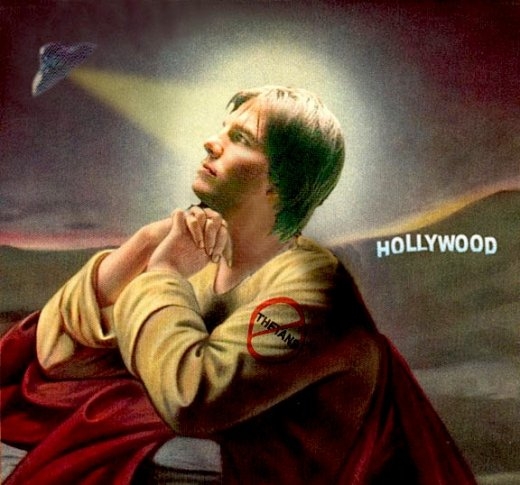
FRESH AIR
Lawrence Wright‘s cover story in the current edition of The New Yorker reports on the Church of Scientology and focuses on why screenwriter and director Paul Haggis resigned from the organization in 2009 after spending nearly 35 years with it. Haggis, who directed Crash and wrote the screenplay for Million Dollar Baby, spoke with Wright about his reasons for leaving the church and the response from his fellow Scientologists. Wright tells Fresh Air‘s Terry Gross about the detailed fact-checking process his article went through — The New Yorker assigned five fact checkers to the story and sent the Church of Scientology 971 fact-checking queries before publication. In September 2010, Wright, his editor, the New Yorker fact-checking team and the magazine’s editor-in-chief, David Remnick, met for eight hours with the spokesman for the Church of Scientology, Tommy Davis, along with Davis’ wife and four lawyers representing the church, to discuss the facts in the piece. Wright says that one of the most interesting parts of the meeting came when he asked Davis about L. Ron Hubbard’s medical records. Hubbard, the founder of Scientology, had maintained that he was blind and a ‘hopeless cripple’ at the end of World War II — and that he had healed himself through measures that later became the basis of Dianetics, the 1950 book that became the basis for Scientology. “I had found evidence that Hubbard was never actually injured during the war. … And so we pressed [Tommy Davis] for evidence that there had been such injuries and [Hubbard] had been the war hero that he described,” says Wright. “Eventually, Davis sent us what is called a notice of separation — essentially discharge papers from World War II — along with some photographs of all of these medals that [Hubbard] had won. … At the same time, we finally gained access to Hubbard’s entire World War II records [through a request to the military archives] and there was no evidence that he had ever been wounded in battle or distinguished himself in any way during the war. We also found another notice of separation which was strikingly different than the one that the church had provided.” Furthermore, says Wright, the notice of separation that the church provided was signed by a man who never existed. And two of the medals that Hubbard supposedly had won weren’t commissioned until after Hubbard left active service. MORE
RELATED: ‘The Apostate: Paul Haggis Vs. The Church Of Scientology’
RELATED: The New Yorker Documents Related To L. Ron Hubbard’s Life

